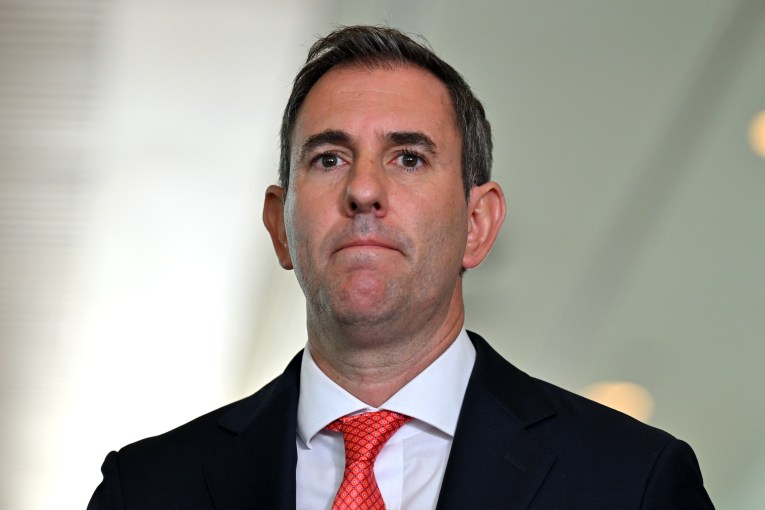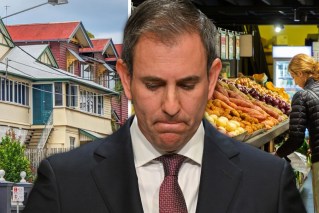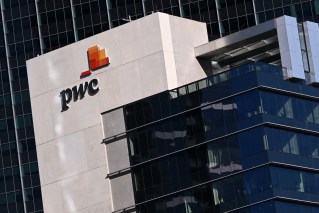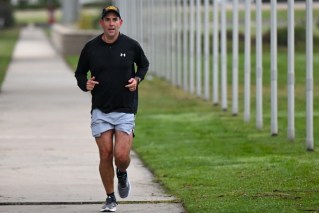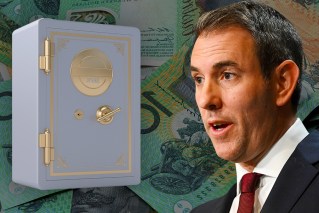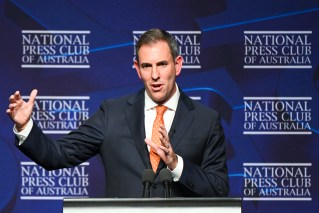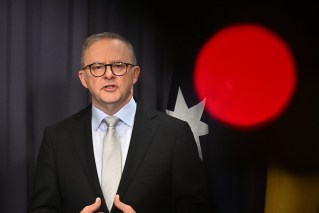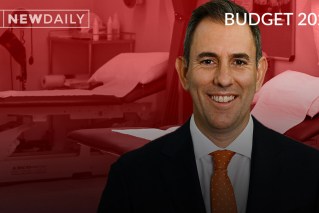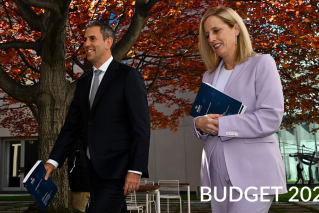Federal budget 2022: What’s in it for you in Labor’s first budget in almost a decade

Jim Chalmers' budget delivers on Labor's election promises. Photo: TND/Getty
Treasurer Jim Chalmers has handed down Labor’s first budget in almost a decade, saying it provides “responsible, not reckless” cost-of-living relief.
Amid fears of a global downturn and rising inflation, Dr Chalmers has sought to restrain spending while delivering on some of Labor’s cornerstone election promises.
Here’s what’s in it for you.
For parents
The government says more than 1.2 million families will benefit from its decision to lift the maximum child care subsidy rate from 85 per cent to 90 per cent for families for the first child in care.
- It will also increase subsidies for every family earning less than $530,000 in household income
- The nation’s competition watchdog will conduct an investigation into the spiralling cost of child care
- As promised at the election, Labor will also extend the paid parental leave scheme from 18 to 26 weeks, costing taxpayers $531.6 million over four years
- An extra fortnight of leave will be added to the scheme each year until the full 26 weeks is available from July 2026
- The government will also spend $32.1 million over four years on programs to improve mental health, pregnancy and post-natal support for new and expecting parents.
For home buyers
- The government has set an “initial, aspirational national target” to build one million new homes over five years from 2024
- It has chipped in $350 million to build 10,000 of those dwellings, with the states and territories to build an additional 10,000 homes under the agreement
- The government hopes that funding will entice superannuation funds and other institutional investors to also make investments in housing by covering the gap between market rents and subsidised rents
- Labor also promised at the election to spend $10 billion on its “Housing Australia Future Fund” to generate returns to fund 30,000 affordable and social homes over five years
- Another government housing program is the Help to Buy scheme – costing $324.6 million over four years – which gives eligible home buyers an equity contribution to buy a home with a smaller deposit and mortgage.
For older Australians
- The government will mandate the average number of care minutes for aged-care residents from October next year
- From July, all aged-care homes must have a registered nurse on site 24/7
- The Maggie Beer Foundation will receive $5 million to educate and train aged-care sector staff to meet new nutritional standards
- A new statutory watchdog role – called the Inspector-General of Aged Care – will be set up to investigate systemic issues
- Pensioners will receive a once-off credit of $4000 to their work bonus income bank to support those who want to work or work more hours without losing their pension
- The government will also spend $69.6 million over four years to increase the income threshold for the Commonwealth Seniors Health Card from $61,284 to $90,000 for singles and from $98,054 to $144,000 (combined) for couples.
For students
- The government will fund 480,000 fee-free TAFE and vocational education places in industries and regions facing skills shortages, costing $931.7 million over five years
- An additional $491.8 million will be spent over four years on 20,000 new government supported university places for under-represented peoples, prioritising areas of skills shortages such as teaching, nursing and engineering
- Labor will create a new upgrade fund to prioritise construction and new equipment at primary and secondary schools, costing $270.8 million over two years
- A new mental health and wellbeing plan aimed at students will also be created, costing taxpayers $203.7 million over the same period.
For patients
- The government will spend $1.4 billion over four years to expand and amend Pharmaceutical Benefits Scheme (PBS) listings to include new medicines, including treatments for COVID and cancer
- Another $787 million over the same period will be spent on reducing PBS patient co-payments from $42.50 to $30 on January 1, 2023. This reform will have an ongoing cost to taxpayers of $233.4 million a year
- An election pledge to set up urgent care clinics across the nation to provide an option for 24/7 care outside hospital emergency departments will cost taxpayers $235 million over four years
- Grants for general practitioners totalling $229.8 million over two years will help them invest in staff training, equipment and other “minor capital works” to improve digital healthcare capabilities
- A plan to fund improved access to health care in regional areas, including by investing in more healthcare workers outside major cities, will cost $143.3 million over four years.
For migrants
- The government will increase the number of permanent migration visas from 160,000 to 195,000 from next year to ease workforce shortages, with priority to be given to skilled New Zealanders
- Up to 3000 Pacific Island and Timor-Leste nationals will be able to apply for a new “Pacific Engagement Visa” each year
- The government has also budgeted $42.2 million over two years speed up visa processing.
For motorists
- In a bid to improve electric vehicle uptake, the government will exempt electric, hydrogen and plug-in hybrid vehicles from fringe benefits tax and import tariffs, costing the budget $345 million in total over four years.
Internet users
- An additional 1.5 million homes will be connected to the National Broadband Network by late 2025 under a $2.4 billion equity injection into the taxpayer-owned internet wholesaler.
Federal Budget
Still shooting for surplus, despite war, inflation
Federal Budget
Improved bottom line but no surplus expected
Federal Budget
Million-dollar fines for tax leaks after PwC scandal
Federal Budget
Chalmers defends budget amid interest rate split
Federal Budget
Albanese defends budget, denies inflation fears
Federal Budget
Jim Chalmers asks voters to trust Labor’s plan
Finance News
